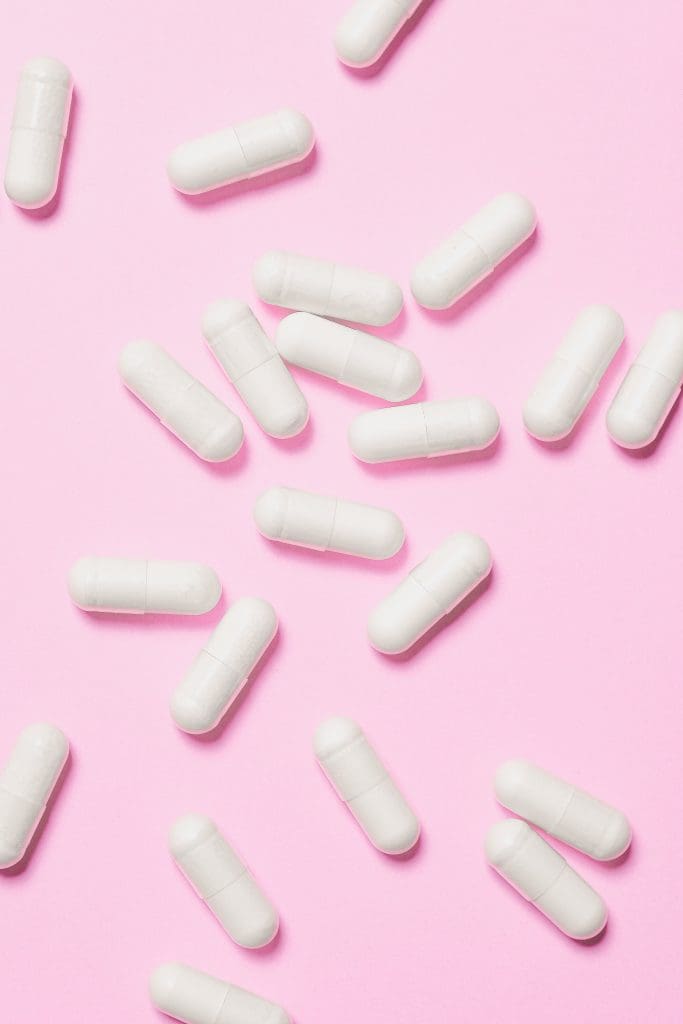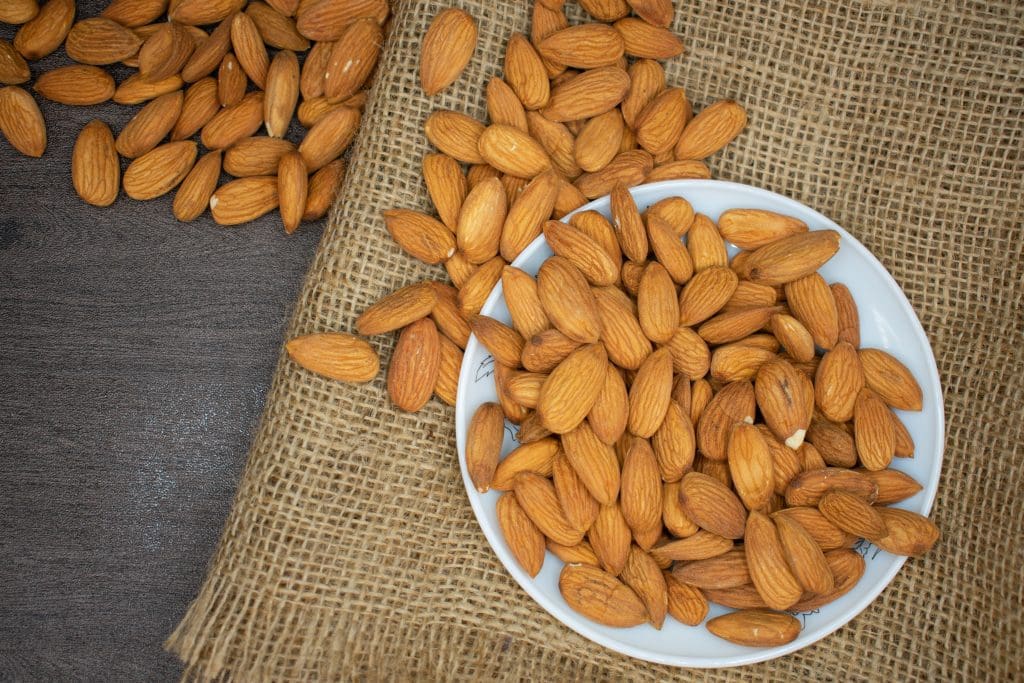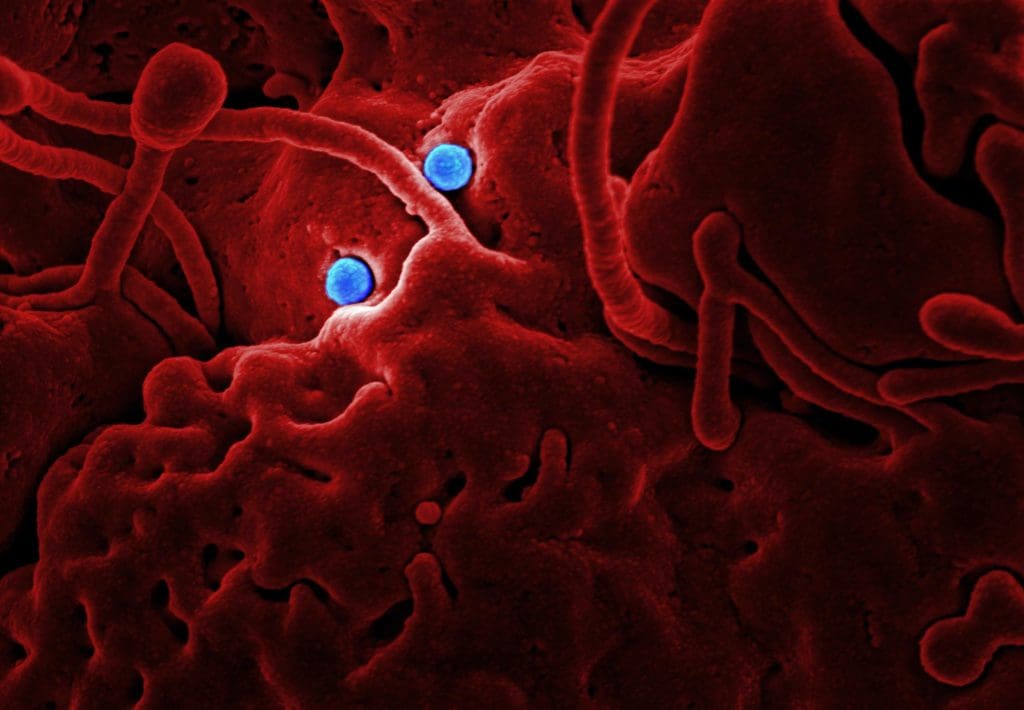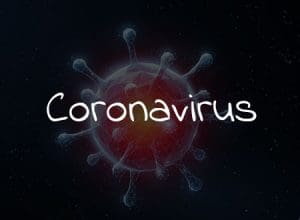

As with other neurodegenarative diseases like multiple sclerosis and motor neuron disease, I would highly suggest low dose naltrexone 3-4.5mg at night. LDN elevates endorphins which orchestrate the activity of stem cells, natural killer cells and other immune cells.
LDN is thus effective for a multitude of disease states, see www.ldnscience.org
Transcranial light with LED infrared light is showing very promising results for Parkinsons and Alzheimer disease states alike.
Glutathione : L-dopa helps to temporarily reduce the symptoms of Parkinson’s disease, studies are now suggesting caution that L-dopa therapy may increase free radical production and ncrease oxidative stress, thus speeding up the progression of Parkinson’s disease. Low levels of glutathione are often present in parkinson’s patients. Glutathione helps to preserve brain tissue by preventing damage from free radicals. It also acts to recycle vitamins C and E which also reduce free radicals since theses are antioxidants. Glutathione is beneficial in Parkinson’s disease since it has the unique ability to make certain areas of the brain more sensitive to dopamine. Consequently, even though dopamine is decreased, it becomes more effective.

Detoxification : Parkinson’s patients have flaws in their ability to detoxify various chemicals to which they are exposed. Metal detoxification including pesticide, herbicide and aluminium and mercury detoxification are essential as part of the mangement. Acetaminophen / panado can reduce liver glutathione and should be avoided in Parkinson’s disease sufferers.
Cellular Activation : The fundamental problem (not allowing brain cells to produce dopamine in Parkinson’s disease) is a deficiency in the energetics of these cells. L-dopa has been shown to lead to further compromise of the brain’s ability to produce energy. This reduces further the brain’s ability to produce dopamine.
NADH (Nicotinamide Adenine Dinucleotide) : Study of 885 patients who received NADH showed an 80% moderate to excellent improvement in their disability.
Coenzyme Q-10 : Parkinson’s patients have a deficiency of coenzyme Q-10. This may be why they produce an inadequate supply of dopamine. Coenzyme Q-10 levels correlate with the activities of complexes I and II/III in the mitochondria. Ubiquinol is 8x better absorbed and more effective than the ubiquinone form. Statin drugs lower dramatically serum coenzyme Q-10 levels. 100-120 mg a day of coenzyme Q-10 supplementation is suggested to patients on a statin drug. Large dosages of coenzyme Q-10 have been used to treat Parkinson’s Disease (300 mg-1,200 mg a day). High dosages should only be used under the direction of a physician since larger amounts of coenzyme Q-10 on a daily basis may have side effects.
Phosphatidylserine : Is one of the key components of neuronal membranes. Phosphatidylserine may enhance the effectiveness of what little dopamine remains. Dosage: 300 mg a day. No known side effects.
Antioxidant Protection : Important role in protecting the brain from free radical damage. Research goes back to 1988 when a case controlled study revealed those who consumed diets rich in nuts had a risk of Parkinson’s disease only 39% of controls. Consumption of plums was associated with a risk reduced to 24% of the average population. Vitamins E and C were given to a large group of Parkinson’s patients over several years.Initially, none of the patients needed L-dopa. The time until patients required L-dopa therapy was extended 2.2 years in those taking vitamin E and C.


Vitamin E : Use only natural vitamin E (d-alpha tocopherol), not dl-alpha tocopherol since the latter is synthetic and less biologically active.
N-acetyl-cysteine (NAC) : Glutathione is easily digested to is constituent amino acids, and before we couldnot administer by mouth…now we have S-acetyl-glutathione well absorbed orally) but also NAC directly encourages brain glutathione production and it can be given by mouth. This activity is increased in the presence of adequate vitamin C and E. NAC is itself a potent antioxidant by reducing the formation of nitric oxide which has been implicated as have a role in the cause of Parkinson’s disease.
Acetyl-L-carnitine : Like coenzyme Q-10 and NADH, acetyl-L-carnitine increases energy production in damaged neurons. Study reported in 1995, researchers demonstrated the ability of acetyl-L-carnitine to completely prevent parkinsonism in laboratory animals.
Alpha Lipoic Acid : Is an antioxidant, also serves as a metal chelator, metals can increase the formation of free radicals, Parkinson’s patients have an increased concentration of iron in their brains.
Vitamin D : High prevalence of vitamin D deficiency and reduced bone mass in Parkinson’s disease sufferers.
Ginkgo Biloba : Has brain antioxidant activity, protects the brain against neurotoxins, very useful in Parkinson’s disease in those exposed to herbicides and other chemical agents.
Vitamin C : Vitamin C helps to preserve the energy producing capacity of the mitochondria which is an abnormality made worse by the administration of L-dopa.
DHEA : The body’s master hormone that regulates other hormones tends to be low in parkinson’s disease sufferers and should be checked and replenished.
Hyperbaric oxygen and infra-red saunas and ozone therapies are other treatment modalities I would entertain.
Read about Transcranial Low Level Light Laser Therapy & LED Infrared Helmet Here
Several studies have also observed that the gut microbiome is markedly altered in patients with Parkinson’s disease and that faecal microbiota transplantation can have a protective effect in animal models of Parkinson’s. The reason for this is unknown; however, an interesting observation is that another common pathology seen in Parkinson’s disease is the accumulation of misfolded α-synuclein proteins, called Lewy bodies, in the brain.


It has been shown that certain sensory cells of the gut contain α-synuclein. Researchers have hypothesised that it is possible that abnormal forms of the α-synuclein protein could travel from the gut to the brain through the vagus nerve, a phenomenon that has been shown in animal models of Parkinson’s. Further support for this theory comes from findings that people who have had a surgical vagotomy — where branches of the nerve are cut — have a lower lifetime risk of developing Parkinson’s.
“We know that infrared light can reduce Parkinson’s symptoms and offer protection to brain cells. So, we wanted to test if it could modulate the gut’s microbiome as well,” Liebert said.
One of the principal researchers in Liebert’s planned study, Dr Daniel Johnstone, scientist and lecturer at The University of Sydney’s Bosch Institute, had previously undertaken a study showing that exposure to infrared light altered the gut microbiome in mice. “The ability of PBM [light therapy] to influence the microbiome (if proven to be applicable to humans) will allow an additional therapeutic route to target multiple diseases, including cardiovascular disease and Parkinson’s disease, many of which have thus far eluded effective treatment approaches,” the paper concludes.
Kiat is excited by light therapy’s potential. “If we can create non-invasively a metabolically healthier microbiome through this extremely cheap and easy way, then inflammatory diseases and neurodegenerative diseases should be positively influenced,” he said.
References
Watch Dr. Golding talk on Integrative and Anti-Aging Medicine.
Sign up for our newsletter to find out more about the exciting world of integrative medicine
